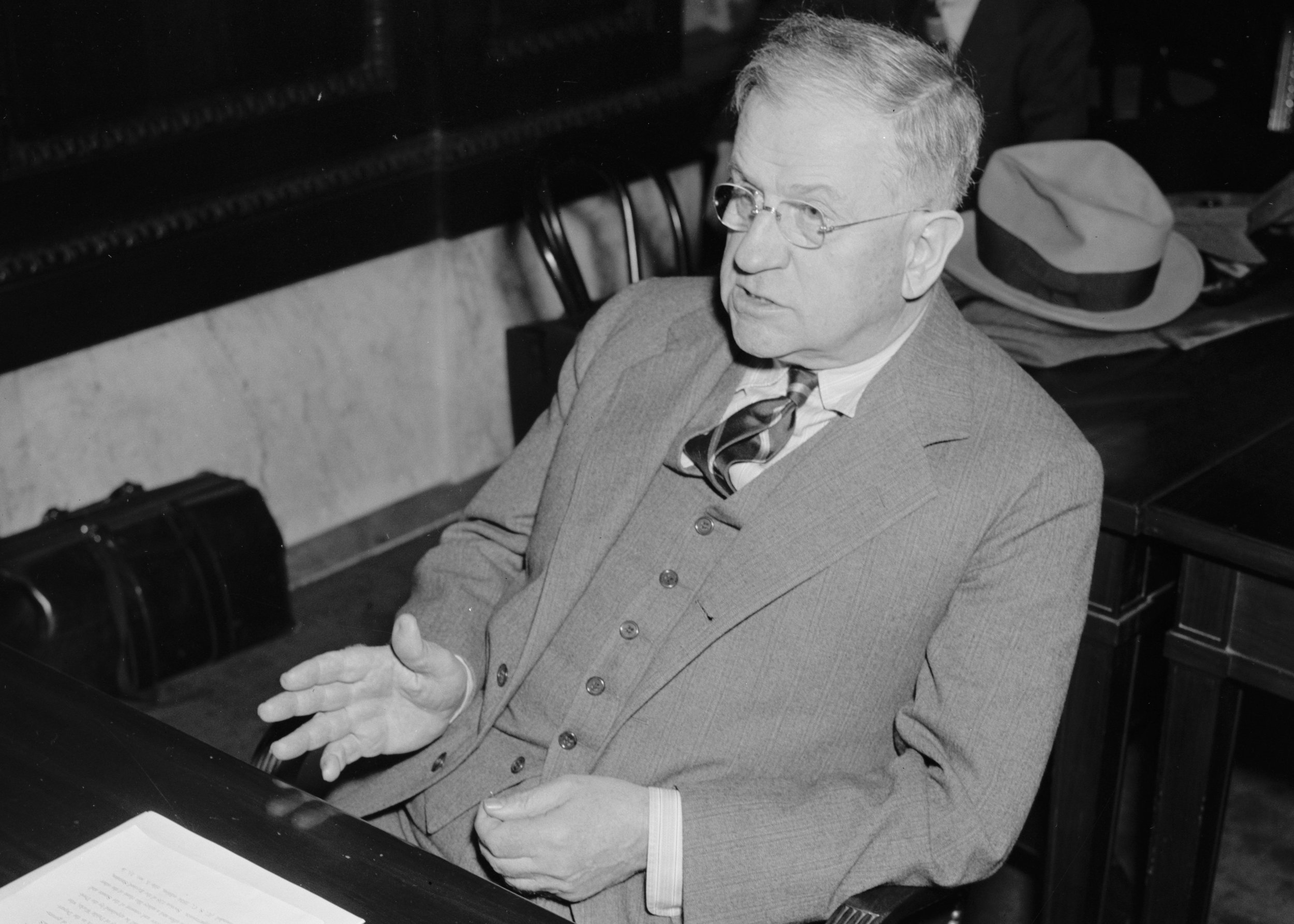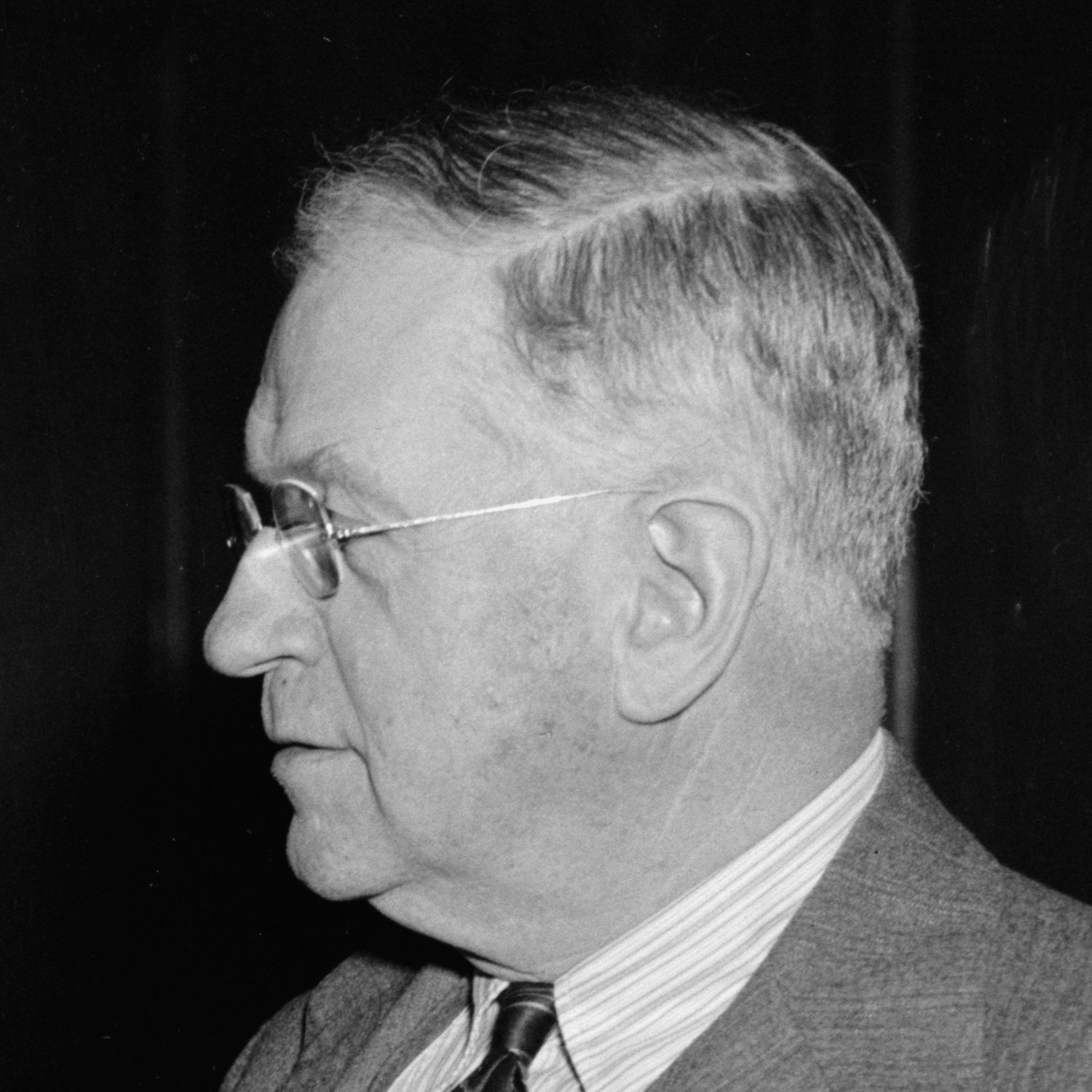Language metaphors shape theory and cause wrongness
This post serves as background to one of my central premises about politics. Specifically, I believe that an enormous amount of wrongness results from the deeply ingrained metaphor of "a political spectrum". This metaphor is what lies behind every journalistic or academic use of the terms: moving left, moving right, moving to the center, polarization, the left, the right, more liberal, more conservative, the center, centerists, moderate, pivot to the center, move to the center, etc.
First, on the pervasiveness and importance of metaphor in human language, I turn to George Lakoff, a cognitive linguist who holds that, "Our ordinary conceptual system, in terms of which we both think and act, is fundamentally metaphorical in nature."
In his piece The Contemporary Theory of Metaphor, Lakoff uses the common metaphor "love is a journey" to show how the metaphor maps our thoughts about the subject.
Imagine a love relationship described as follows: Our relationship has hit a dead-end street.
Here love is being conceptualized as a journey, with the implication that the relationship is stalled, that the lovers cannot keep going the way they’ve been going, that they must turn back, or abandon the relationship altogether. This is not an isolated case. English has many everyday expressions that are based on a conceptualization of love as a journey, and they are used not just for talking about love, but for reasoning about it as well. Some are necessarily about love; others can be understood that way: Look how far we’ve come. It’s been a long, bumpy road. We can’t turn back now. We’re at a crossroads. We may have to go our separate ways. The relationship isn’t going anywhere. We’re spinning our wheels. Our relationship is off the track. The marriage is on the rocks. We may have to bail out of this relationship. These are ordinary, everyday English expressions. They are not poetic, nor are they necessarily used for special rhetorical effect. Those like Look how far we’ve come, which aren’t necessarily about love, can readily be understood as being about love. As a linguist and a cognitive scientist, I ask two commonplace questions:
• Is there a general principle governing how these linguistic expressions about journeys are used to characterize love?
• Is there a general principle governing how our patterns of inference about journeys are used to reason about love when expressions such as these are used?
The answer to both is yes. Indeed, there is a single general principle that answers both questions. But it is a general principle that is neither part of the grammar of English, nor the English lexicon. Rather, it is part of the conceptual system underlying English: It is a principle for under standing the domain of love in terms of the domain of journeys. The principle can be stated informally as a metaphorical scenario: The lovers are travelers on a journey together, with their common life goals seen as destinations to be reached. The relationship is their vehicle, and it allows them to pursue those common goals together. The relationship is seen as fulfilling its purpose as long as it allows them to make progress toward their common goals. The journey isn’t easy. There are impediments, and there are places (crossroads) where a decision has to be made about which direction to go in and whether to keep traveling together. The metaphor involves understanding one domain of experience, love, in terms of a very different domain of experience, journeys. More technically, the metaphor can be understood as a mapping (in the mathematical sense) from a source domain (in this case, journeys) to a target domain (in this case, love). The mapping is tightly structured. There are ontological correspondences, according to which entities in the domain of love (e.g., the lovers, their common goals, their difficulties, the love relationship, etc.) correspond systematically to entities in the domain of a journey (the travelers, the vehicle, destinations, etc.).
This is fantastically useful as we humans do our best to grapple with something abstract and intangible like love. But love isn't actually a journey. In Lakoff's terms, the mapping is "tight" but the mapping is not universal. If it were 100% complete, the metaphor wouldn't be useful at all. It would just be a synonym.
Bad Metaphors?
What happens when we use a metaphor that does a pretty good job at first but runs into problems down the road? What happens when, the more we learn, the more the chosen metaphor fails to map to the subject at hand? Like we use the love as journey metaphor and "throw on the brakes" when really we should be in a different love metaphor entirely, maybe love as undiscovered country where instead of "hitting the breaks" we should "look to the horizon" (or whatever)?
An example comes from science: is our brain a computer? If it is, why do outfielders use a non-computational method to catch fly balls?
But maybe, so the critique goes, computationalism is just getting caught up in its own metaphor: Intellectual history shows that since it’s hard to understand the brain, we’re tempted to say it’s whatever the hottest new thing in technology is. As philosopher John Searle notes in his take on metaphor, people have thought the brain was a telephone switchboard (including neuroscientist Charles Sherrington, who won a Nobel prize for his work on neurons); a hydraulic system (Sigmund Freud); a mill (Gottfried Wilhelm Leibniz), a blank slate (John Locke); or a wax block (Plato). “Predictably, just a few years after the dawn of computer technology in the 1940s, the brain was said to operate like a computer,” Epstein says. Yet a brain, the miraculous mushy gray matter that it is, is not a switchboard or hydraulic pump or mill or slate or computer. A brain is a brain — inside of a body. And it’s within that body, and with that body, that a brain (and its human) navigate the world.
One of the canonical arguments critiquing computationalism is called the Outfielder Problem, first proposed in 1995 by psychologist Michael McBeath, now at Arizona State University. Basically, if the mind were a computer, then when bat met ball, the brain of the outfielder — let’s say, Mets left-fielder Yoenis Céspedes — would calculate where the ball is going with an “internal simulation of the physics,” taking in the initial angle of trajectory, the force of impact, and all that. Then, with that internal model, the outfielder would run to the ball’s destination in a straight line, since that’s the shortest distance between two objects.
But, in reality, outfielders have bodies, and they use those bodies to figure out where the ball is going. Andrew Wilson, a psychologist who studies radical embodied cognition, gives an account:
If the outfielder simply stands and watches the ball, they’ll see it fly up in the air along a curved path, slowing down due to gravity, reaching a peak height and then speeding up again as it falls to earth. If, however, they start to move, then what they’ll see is a mix of their motion and the ball’s motion. If, for example, the outfielder was to run in a curved path that mirrors the curved path of the ball, the motions would cancel out and the ball would look as if it were tracing out a straight line. The same is true with the speed—if the outfielder were to speed up and then slow down at just the right times, the ball would look as if it was moving at a constant velocity.
And if the outfielder moves in such a way that the ball looks like it’s moving at a constant velocity, Cespedes, in this case, will end up in the right place, at just right time, to make the catch (unless he runs into a wall). That’s a side effect, Wilson says, of the ball’s trajectory being a parabola. And the outfielder runs not in a straight line, but a curved path. Fascinatingly, dogs use the same strategy when they’re scampering after a long-distance Frisbee toss. Best of all, Epstein observes in the essay at Aeon, this model is “completely free of computations, representations, and algorithms.” It’s just a (very perceptive) brain in a (very fit) body in a (very high-pressure) environment.
Our linguistic metaphors have histories. Slate recently reviewed to book Time Travel, A History by James Gleik, which examines the role science fiction played in creating our modern metaphorical understanding of time as space. Do spatial metaphors for time clarify or confuse?
There were always prophetic and hallucinatory visions of the future, of course, and mythical figures returning from the past—your Book of Revelations, your Rip Van Winkles—but the idea of moving back and forth in time, of gadding about by technological means from now to then, did not properly enter the popular imagination until 1895, with the publication of H.G. Wells’ The Time Machine.
...
The notion that time and space might be part of a contiguous phenomenon, Gleick writes, emerged at some point in the 19th century, spurred on by developments in mathematical theory and applied technology: “Time became vivid, concrete, and spatial to anyone who saw the railroad smashing across distances on a coordinated schedule—coordinated by the electric telegraph, which was pinning time to the mat.”
...
Gleick is particularly good on the extent to which our understanding of time is reflective of—as opposed to merely reflected by—the words we use to talk about it. The language of spatial measurement and movement, he suggests, forces us to conceive of our experience of time in a particular way: “Who was the first person to say that time ‘passes’ or ‘flows’? We are seldom conscious of the effect of language on our choice of metaphors, the effect of our metaphors on our sense of reality. Usually we give the words no thought at all. When we do, we may well wonder what we’re really saying.”





